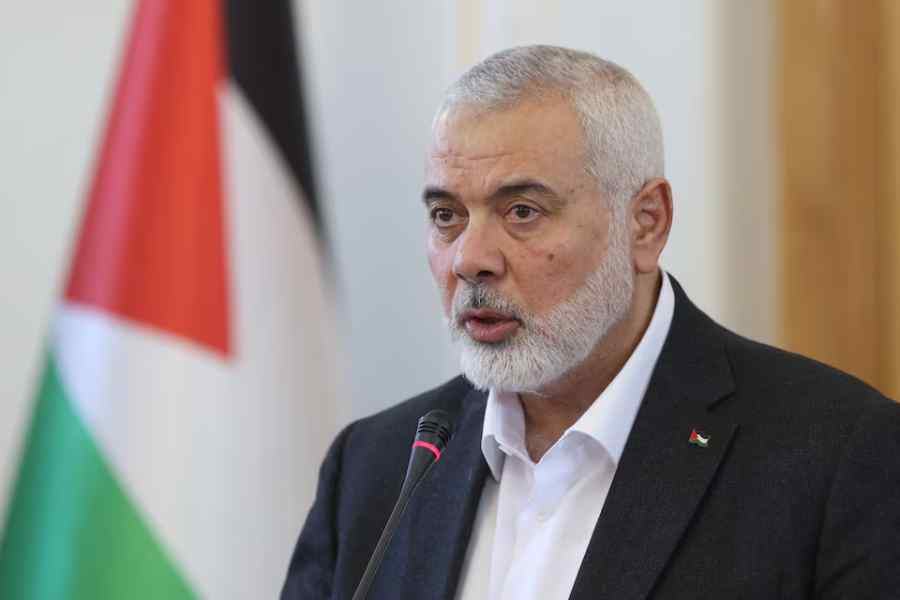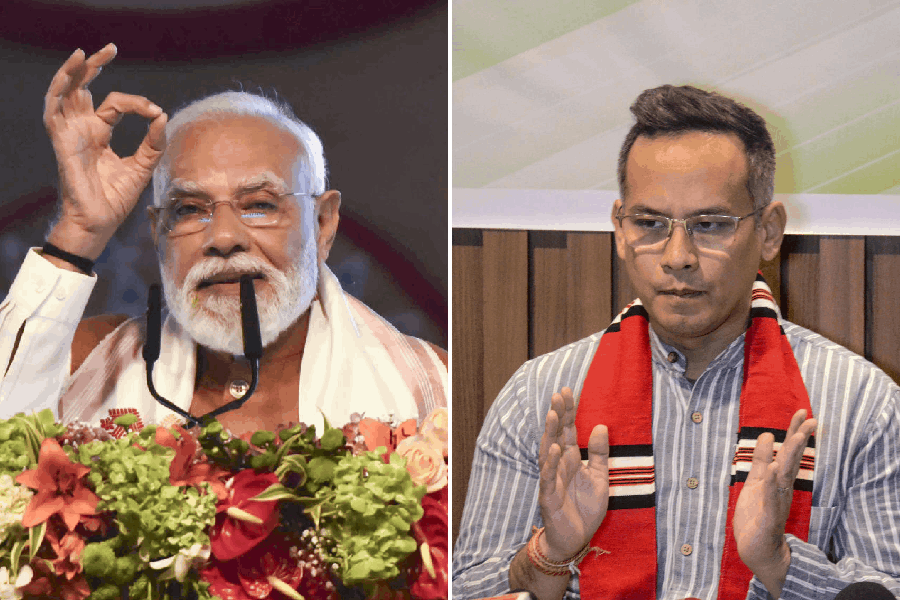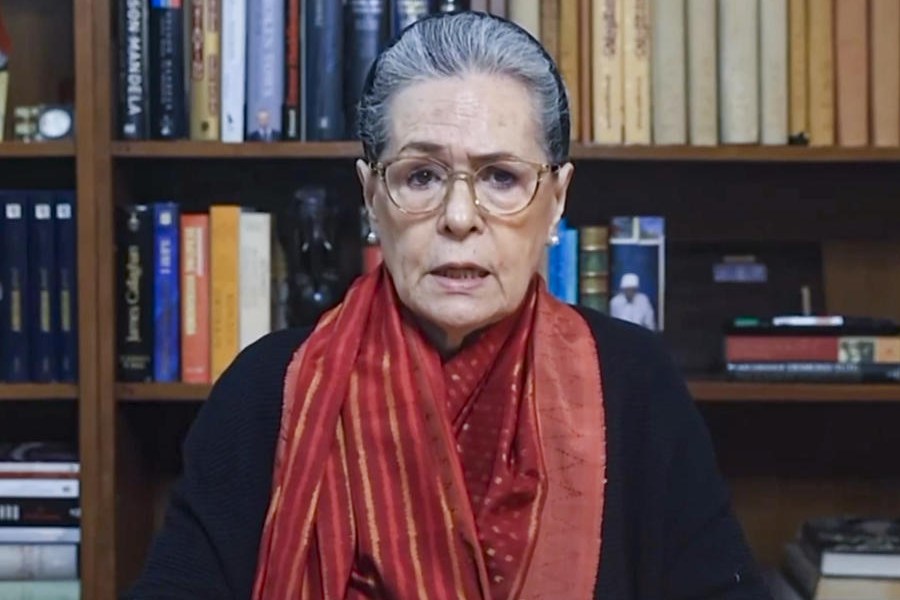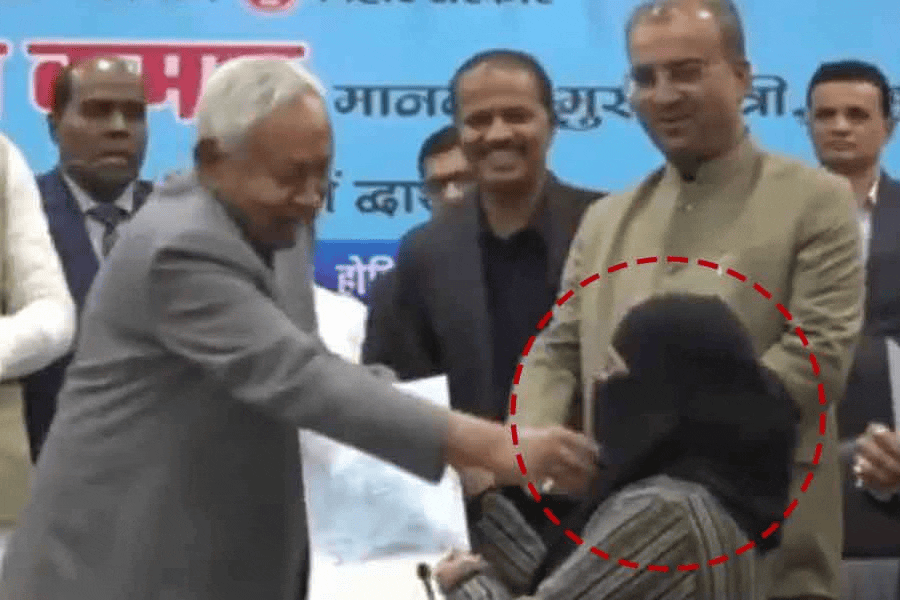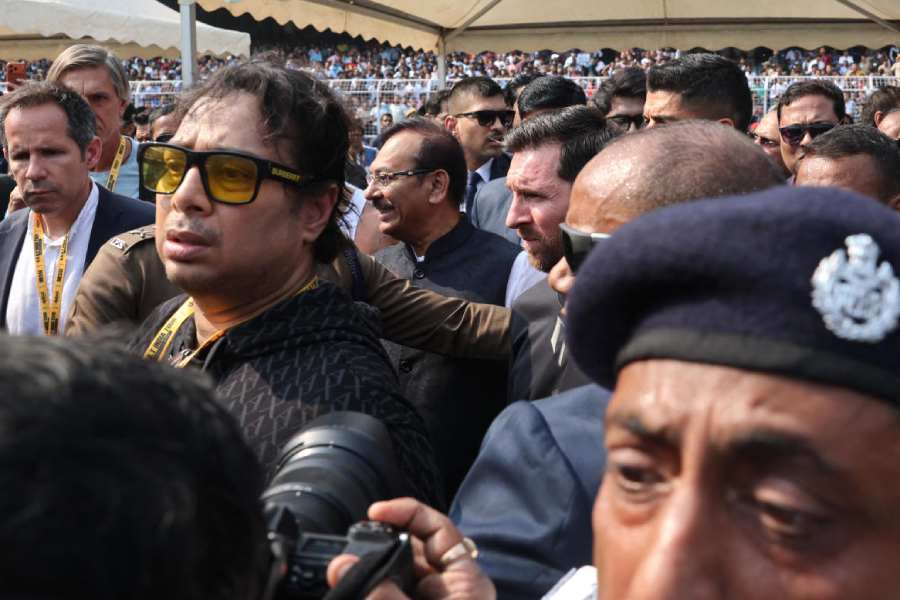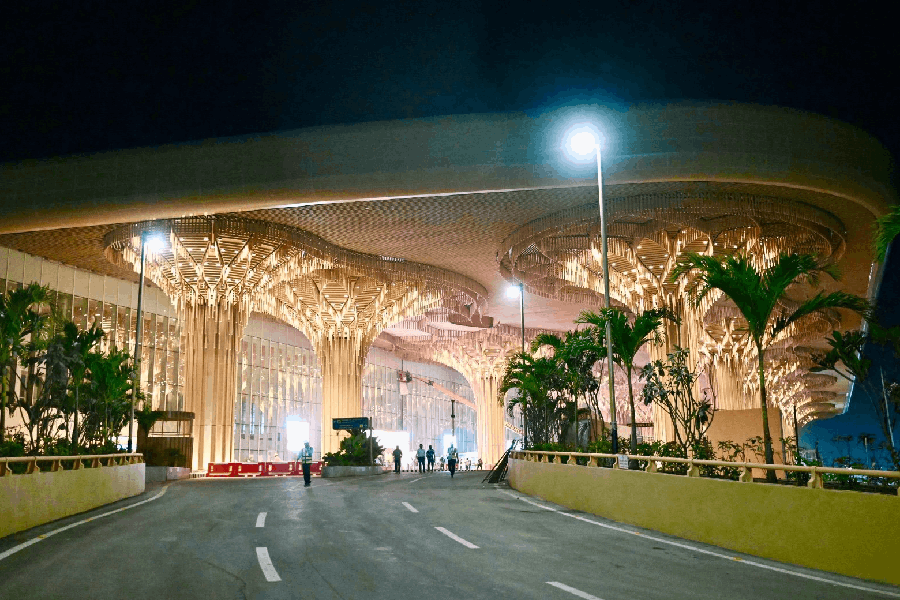First came the death of its top leader abroad, Ismail Haniyeh, by a bomb planted in Tehran. Then came Israel’s announcement that, only weeks earlier, it had killed Hamas’s most elusive and revered military leader. All of this as Israel continues to wage the deadliest war Palestinians in the Hamas-ruled Gaza Strip have ever faced.
At first tally, the latest score in the 30-year struggle between Israel and Hamas looks like a devastating one for the Islamist movement, one that throws its future into question. Yet the history of Hamas, the evolution of Palestinian militant groups over the decades and the logic of insurgencies more broadly suggest that not only will Hamas survive, it may even stand to emerge politically stronger.
Analysts and regional observers in contact with Hamas leaders see the latest blows it has suffered — including Haniyeh’s assassination, widely believed to be at Israel’s hand — as offering Israeli forces a short-term victory at the cost of long-term strategic success.
“Instead of creating the disconnect they’d hoped for, one that would make people fearful or completely defeated, this will have the opposite effect,” said Tahani Mustafa, a senior Palestine analyst at the International Crisis Group, which provides policy analysis on ending conflicts. “Israel just dealt them a winning hand.”
The military campaign Israel has waged in retaliation for Hamas’s October 7 attacks has displaced some 90 per cent of Gaza’s two million residents, razed swaths of the enclave’s cities and killed 39,000 people, according to Gaza’s health ministry, which does not distinguish between civilians and combatants.
Despite that, Hamas not only remains operational, but is recruiting new fighters both in Gaza and beyond, local residents and analysts say. Militants have also begun to re-emerge in areas that Israel had driven them out of months before.
For Hamas, the logic of insurgency means that simply surviving in the face of a far more powerful military provides a symbolic victory. With that comes a chance at staying power that outlasts any pain Israel has inflicted.
On Wednesday, Israel’s military said that a strike it conducted on July 13 had killed Muhammad Deif, the head of Hamas’s military wing, who is seen as an architect of the October 7 attack on Israel. Hamas has yet to confirm the killing. Deif’s killing, however, would mark the end of a year-long Israeli effort to kill the man who is effectively the second most senior leader after Israel’s most-wanted man, Yahya Sinwar, the head of Hamas in Gaza.
Israel’s announcement of Deif’s killing came on the day that mourners were gathering to bid farewell to Haniyeh, who was killed while on a visit to attend the inauguration of Iran’s new President. Both Iran and Hamas have accused Israel, with a long history of assassinating its foes, of being behind his death.
His loss, too, will be difficult for Hamas. Haniyeh was seen by regional analysts as a more moderate figure within the Islamist movement, acting as a bridge between its rival factions. He was also seen as a leader willing to push for mediation — including the continuing, if faltering, cease-fire talks with Israel.
“You take him out and the message is: Negotiations don’t matter,” said Khaled Elgindy, an expert on Palestinian affairs at the Middle East Institute in Washington.
“I don’t see a reason to conclude Hamas could become irrelevant,” he said. “The question is: How does Hamas change after this? And I think there is a very strong argument to be made that the leadership becomes more hard-line.”
New York Times News Service

